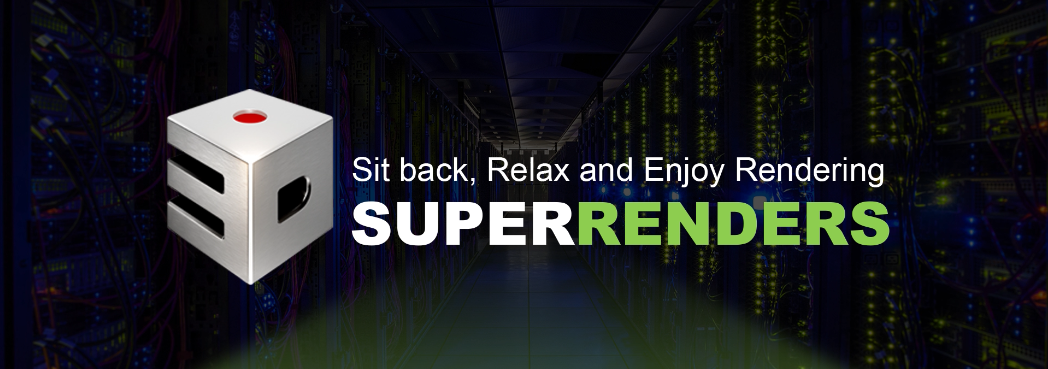General
To illustrate the benefits of using a render farm, consider this: if a single frame takes 30 seconds to render on your local machine, and a render farm takes 1 minute per frame, it might seem faster on your local machine. However, the farm’s advantage lies in its processing power. While your machine renders one frame in 30 seconds, a render farm can complete 30 or more frames in the same amount of time.
The core concept of a render farm is to leverage multiple machines for rendering, as opposed to relying solely on your local machine to quickly render a single frame.
Additionally, optimizing your scene is crucial. An unoptimized scene will inevitably lead to longer render times, increasing both time and cost.
Tips on Lowering Your Render Times
Since every scene is unique, there is not one perfect solution. However, these general tips apply to everyone.
Scene Optimization
Always prepare your scene before submitting it for rendering. Software like Maya includes options to “Optimize the scene file” to remove unused or orphaned elements, among other cleanup tasks. Clean up your meshes, delete history, ensure you scene file is as small as possible. These best practices are essential for any scene file, as messy or cluttered scenes can significantly increase render times.
Cloud Rendering vs Local Rendering
When you observe a 5-minute render time on your local machine, keep in mind that the same frame may render differently on a render farm.
When rendering locally, you’ve already loaded the scene file and can begin rendering immediately.
In the cloud, a server, upon receiving a frame undergoes additional steps: opening the 3D application, loading the scene file and plugins, loading scene assets, and then rendering, writing the image, and closing the scene and application. This “overhead” contributes to the overall render time, adding perhaps a minute or so. However, this time can increase if your file is messy or contains large scene assets, such as extensive texture files.
Light Maps
Utilizing light maps (caches) is one of the most effective methods for reducing render times. If you’re using any form of indirect lighting, generating a light map locally allows us to read from the file and avoid recalculating light bounces, saving you time and money.
Differences in Animation frame times
If your animation or test render averages around 5 minutes per frame, that is what you should expect for the full animation, right? If you have dramatic camera movement or other objects entering the frame later in the animation, then you can expect those times to fluctuate depending on where you are in the animation, especially with reflective, refractive or caustic materials/objects.
